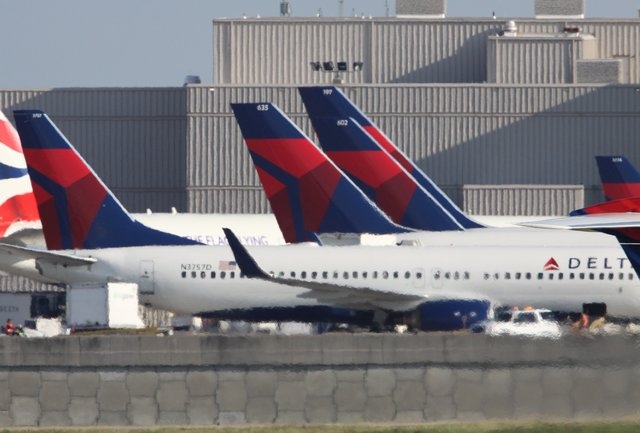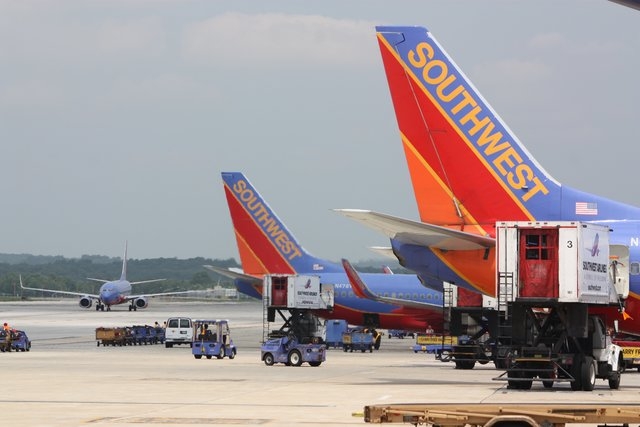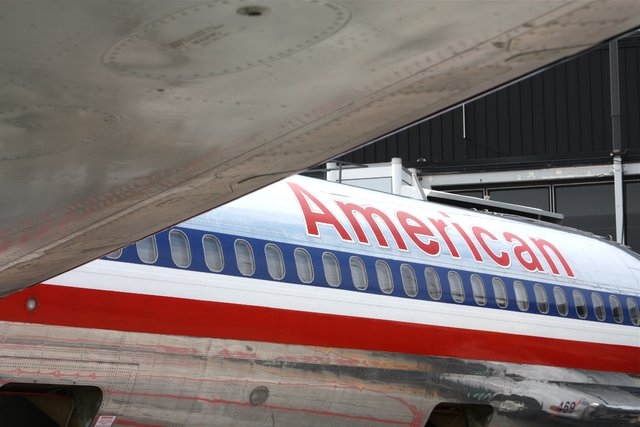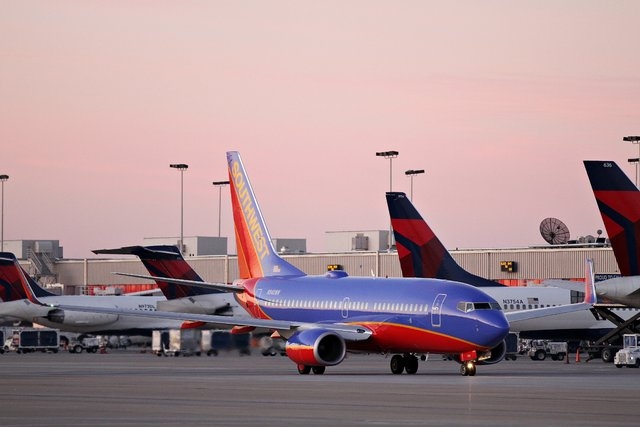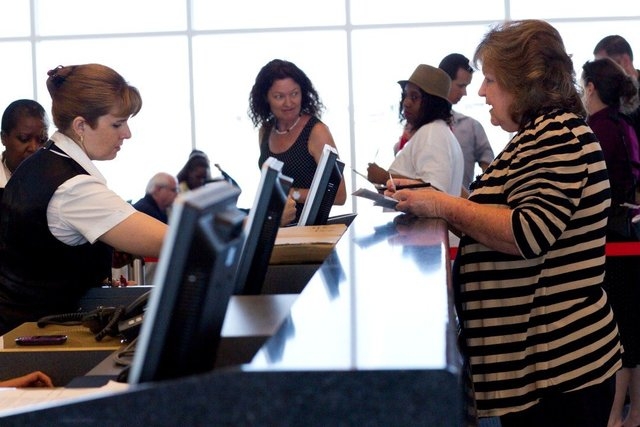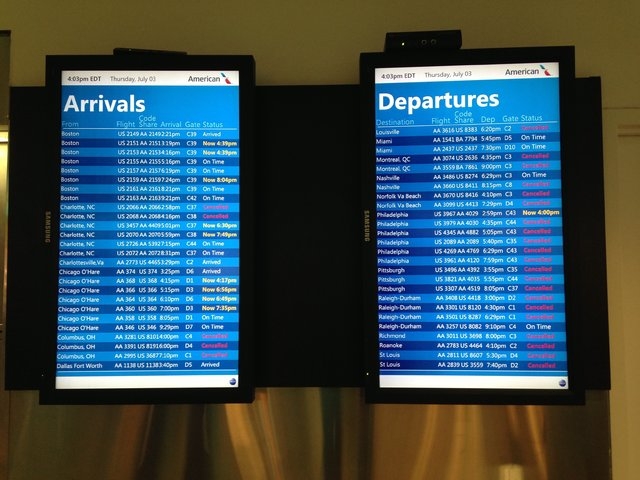‘Paying more, getting less’ when flying
Flying is rarely a pleasant experience anymore.
There’s very little legroom, and a meal is seldom included. There are bag fees, change fees, fees to watch a movie — not to mention the unpleasantness of going through security.
Yet even as services seem to decline, it costs more money to fly. From 2005 to 2013, ticket prices rose nearly 15% faster the rate of inflation, according to the U.S. Department of Transportation.
“We’re paying more and getting less,” said Charlie Leocha, head of the passenger advocacy group Travelers United. “Consumers are clearly getting the short end of the stick.”
Much of the blame is placed on the wave of consolidations in the industry over the last decade. Twelve years ago, there were 10 major U.S. airlines. Now there are just four.
“Four carriers control 87% of the domestic market,” said William Swelbar, a researcher with MIT’s International Center for Air Transportation. “That has given the airlines pricing traction, without question.”
Even in the face of falling oil prices, airlines haven’t cut fares.
Yet while this all seems like a raw deal for the average flier, the airlines say it’s generally for the better.
For starters, the old model of cutthroat pricing and endless perks was unsustainable.
All the consolidations were largely the result of airlines going bankrupt — and wiping out huge amounts of shareholder value and jobs. Between 2000 and 2009 U.S. airlines lost a combined $60 billion, said Swelbar. Over 160,000 people were laid off.
“Value destruction was the theme of the decade,” he said.
What emerged is a more stable industry that’s been better able to consolidate routes. While that might mean fewer daily flights out of smaller airports, regional hubs are now better connected to more cities — both domestic and international — than ever before.
“The payoff is global access,” said Michael Boyd, a Denver-based aviation consultant.
The airline industry said the return to profitability has led to investment in new equipment that’s actually improved services for fliers: New planes, new terminals, new runways, better software that doesn’t lose your luggage as much.
“The U.S. carriers were notably behind the rest of the world in modernizing their fleets,” said John Heimlich, chief economist at Airlines for America, the industry trade group. A new plane has better lighting, bigger overhead bins, more oxygen, and is more environmentally friendly.
And charging for all the things that used to be part of a standard ticket — a pricing model the industry calls ‘a la carte’ — means the person who just wants the cheapest fare doesn’t have to pay for someone else’s meal.
So keep that in mind the next time you’re crammed in on a $500 commuter flight with no food.
Related Stories:
U.S. airlines warn Expedia-Orbitz merger could hurt travel business
United refuses to honor $70 first-class tickets
Why are airfare prices going up if gas is cheaper?



